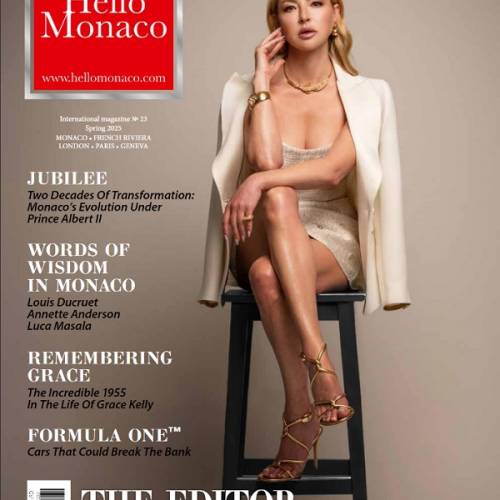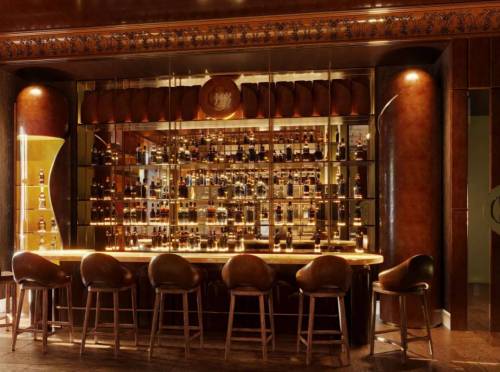An initial strategy could be simply taking this fact into account when approaching casino play and be happy with whatever profit or loss comes from a designated spending limit. But this would not suffice for elite gamblers, like those found in the high-stake games in Las Vegas or Macau.
For all the strategies that have been created and coined in the past, none have been named after these two jungles of casino activity. While players were playing away down slots aisles in Las Vegas, and Macau was a mere twinkling in the casino industry eye, a couple of scientists came up with a simulation that assessed risk patterns and formulated longer-term predictions.
Its name? The Monte Carlo Method, named after the famous casino location in Monte Carlo because of the random nature of casino games within this fine establishment. The two scientists, John von Neumann and Stanislaw Ulam, did not have designs on applying this method directly to casino play, but the casino world soon caught on to the relevance of these algorithms for casino games.
Finding the random average
With casino games, the random aspect of outcomes generated contributes heavily to the fairness of a game. The Monte Carlo Method also uses this randomness as the basis of its workings. By assessing the average of a defined number of turns (more input data equates to greater overall risk assessment value), an overall picture can be created for the level of risk of an event. After that, a more informed decision can be made with regards to the action.
In casino speak, this equates to what decision is made by the player. In roulette, ten thousand simulations (not that every player does that at the table) could result in a loss once all the results of the simulations are averaged out, i.e. a high-risk value. However, due to the random outcomes generated, no two simulations over different times of the day even would be the same, rendering each visit to the roulette table a different simulation.
While the Monte Carlo Method does provide a level of risk for a particular casino game, other industries with more defined and consistent input data such as finance achieve greater benefits from this method.
Martingale System
While Monte Carlo provided the inspiration for the above mentioned method in the mid-1900’s, debate over another casino strategy had already been raging for centuries. The Martingale System originated in France and was applied to games and events with a 50/50 chance. Back in the 18th century, this was a simple coin toss. Fast forward to the present day, that applies to offerings in land-based casinos and the rapidly emerging online casino industry, particularly relating to the red and black selections on a roulette table or across other Dolfwin live casino games like blackjack or baccarat.
The basic premise of the Martingale System was to double the stake in the event of a losing bet with the result being a small net gain if that next turn is successful. This system is used by players all around the world and remains popular as a systematic way to approach roulette play. However, there are a couple of pitfalls with the system, namely based on the 50/50 nature.
Probability will remain constant, so there is still a 50% chance of losing. If that 50% equated to a string of consecutive losses, the cumulative loss might not make for pretty reading. If the Martingale System is followed, here is what ten consecutive losses would look like. Also represented for reference is an eventual win on the tenth turn:
| Turn | Stake (£) | Cumulative Loss (£) | Net Profit/Loss (£) |
| 1 | 1 | 1 | -1 |
| 2 | 2 | 3 | -3 |
| 3 | 4 | 7 | -7 |
| 4 | 8 | 15 | -15 |
| 5 | 16 | 31 | -31 |
| 6 | 32 | 63 | -63 |
| 7 | 64 | 127 | -127 |
| 8 | 128 | 255 | -255 |
| 9 | 256 | 511 | -511 |
| 10 | 512 | 1023 | +1 |
As we can see, the gain is incredibly minimal in this scenario. But as we experienced with simulations in the Monte Carlo Method, no two games or sets of outcomes are the same. And although we see the chances as being 50/50, the presence of the 0 and 00 disrupt that and tilt the chances slightly in the favour of the house.
Another disadvantage of the Martingale System is the need for infinite funds to witness the true effectiveness of the system. And with a predetermined limit for a specific casino game the most recommended strategy, this is not a luxury afforded to many. Perhaps those in Monte Carlo might be able to sample the two theories though.









